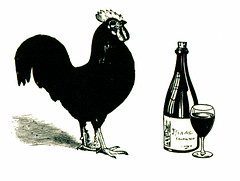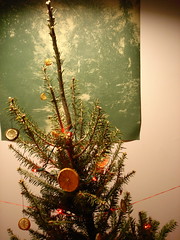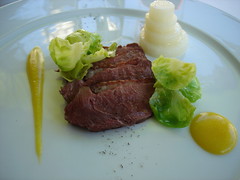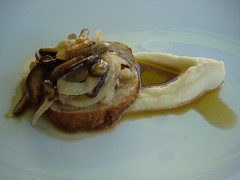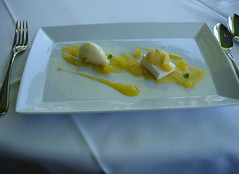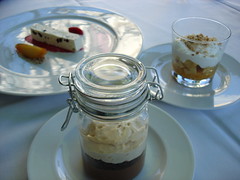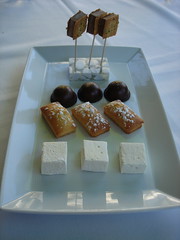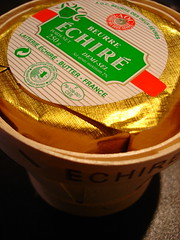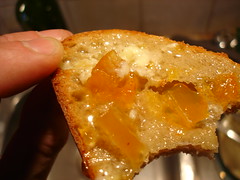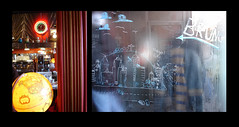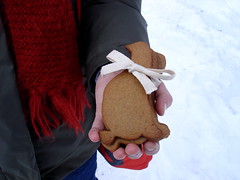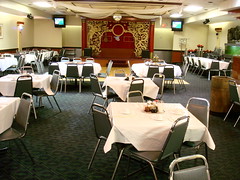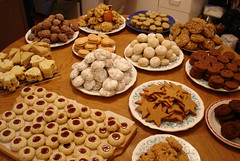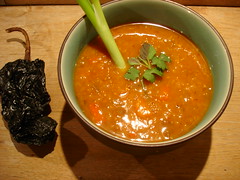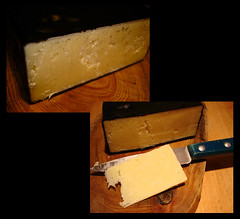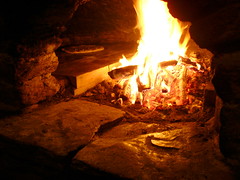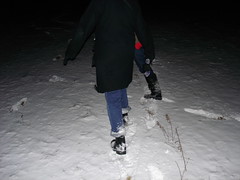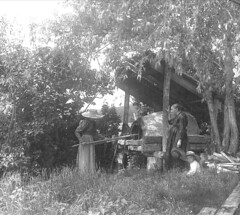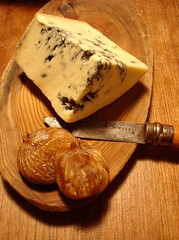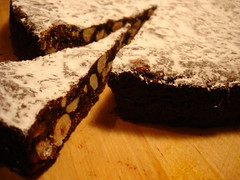Joe Beef
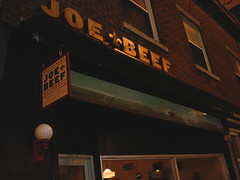
"Joe Beef? Joe Beef?!?" Yes, Joe Beef is back.
Joe Beef was originally the nickname of one Charles McKiernan. McKiernan came to Montreal in 1864, a British officer who was stationed in the city's garrison on Ile Ste-Helene. He had served in the Crimean War and had picked up his sobriquet because of his uncanny ability to find food for himself and those around him in even the most adverse conditions. He ran the canteen on Ile Ste-Helene from 1864 until he was discharged 1868, at which point he started up the establishment that would make him in/famous across much of North America: Joe Beef's Canteen (201-207 rue de la Commune). McKiernan was an iconoclast, a figure whose force of character was monumental, a rogue to some, and a hero to many others. His policy of never refusing a poor man a meal, "no matter who he is, whether English, French, Irish, Negro, Indian, or what religion he belongs to," made him an idol to the working class and underclass, but the "impropriety" of such an environment simultaneously made him perhaps Montreal's most detested individual, a public enemy to Montreal's social set. What made him even more of a threat to the elite classes were his anticlericalism ("He cares not for Pope, Priest, Parson or King William of the Boyne; all Joe wants is the Coin. He trusts in God in the summertime to keep him from all harm; when he sees the first frost and snow poor old Joe trusts to the Almighty Dollar and good old maple wood to keep his belly warm, for Churches, Chapels, Ranters, Preachers and such stuff Montréal has already got enough.") and his radical pro-labor views (culminating in his support of the 10-day Lachine Canal laborers' strike over Christmas 1877). Adding to the sense of mystery that surrounded McKiernan was his basement menagerie, which included "four black bears, ten monkeys, three wild cats, a porcupine and an alligator," according to one source, and apparently one of the bears was brought up into the tavern from time to time "to restore order." When his wife died, McKiernan chose an assortment of the strangest, most exotic critters from his collection and had them pull the hearse through the city streets. The "incorrigible Joe" did things on his own terms and he managed to make them work because of his sharp business sense and his impressive self-sufficiency (which included a farm where he raised his own livestock). When he died in 1889, while his detractors continued to demonize him ("For 25 years he has enjoyed in his own way the reputation of being for Montréal the wickedest man. His saloon was the resort of the most degraded men. It was the bottom of the pit, a sort of cul-de-sac where thieves could be corralled".), Joe Beef received one of the largest funerals of the century. His establishment (some semblance of it, in any case) remained in operation for almost another 100 years, until it finally closed 1982.
Joe Beef's Tavern may be nothing but a distant memory at this point in time, but as of a few months now, there's a new Joe Beef on the scene. This time around Joe Beef is not exactly a teeming Old Port tavern--it's a small bistro and bar located on a gentrified stretch of Notre Dame, directly across the street from the Corona Theatre--but the memory of Charles McKiernan has hardly been invoked in vain. The atmosphere is warm, laid-back and convivial, the decor is retro and eclectic without being precious, and the portions and cuisine are generous. With much to recommend about Joe Beef, two things stood out: the oyster bar and the sirloin steak. On the night we visited, Joe Beef had 4 oysters on offer, including Caraquets, "Jumbos," and an Irish variety. At $3 a pop they weren't cheap, but they looked amazing, we were in the mood, and we'd never had Irish oysters, so we gave them a try. When the resident oyster shucker behind the bar struck up a conversation with us regarding that night's offerings, we were glad we had. Turns out Mr. Oyster Shucker is a real, honest-to-goodness oysterman, that he imports all their oysters himself, and that he has personal contact with all the oyster harvesters the restaurant deals with. You could taste it in the oysters. They were absolutely phenomenal. We'd been having Caraquets for a couple of months, but we'd yet to have Caraquets as fresh and flavorful as the ones we had that night. The real revelation, however, was those Irish oysters, which were the most full-bodied oysters I'd ever come across. Fantastic. The oyster selection changes from week to week, and on any given week might include oysters from B.C., the Maritimes, the U.S., or Europe. Don't miss 'em. As for the sirloin, it was simply magnificent. It came with a lovely assortment of vegetable sides, including sautéed spinach, smashed potato homefries, and fried artichoke hearts, but it's a good thing these came on the side, because the plate could barely hold the slab of steak that rested on it. The steak was big and thick, and it came topped with freshly cracked spices and adorned with the most heavenly red wine reduction you could imagine. We're talking a major-league steak, and, just between the two of us, the beautiful little portion that remained when all was said and done that night made for some major-league steak and eggs the next morning. Other highlights included an asparagus appetizer that came with a delicate vinaigrette and plenty of freshly microplaned Parmesan, and a pasta with crab dish that included two different types of crabs (spider and Chesapeake), and was very satisfying, but would have benefited from the addition of a well-chosen vegetable (peas, for instance).
The new Joe Beef is not about to become a haunt for the city's disenfranchised, and it's not going to be ruffling too many high society feathers. It's rather pricey (figure $25-$55 per person, before wine and tip), but the ambiance is disarming, even downright charming, and the food is well worth a visit. It reminded us of some of the fine, fresh, no-nonsense neighborhood bistros we've been to in New York--a style which has a somewhat distant parallel in a place like Au Pied de Cochon, but otherwise has been slow to take hold in Montreal for reasons we've never really understood. In other words, Montreal was long overdue, so it's not exactly surprising that this latest Joe Beef has once again taken the city by storm.
Restaurant Joe Beef, 2491 Rue Notre Dame West, (514) 935-6504
aj
sources:
Ronald T. Harvie, "Montreal's Saloon Santa Claus"
Quebec Heritage Web, "Griffintown and Point St. Charles Heritage Trail"
